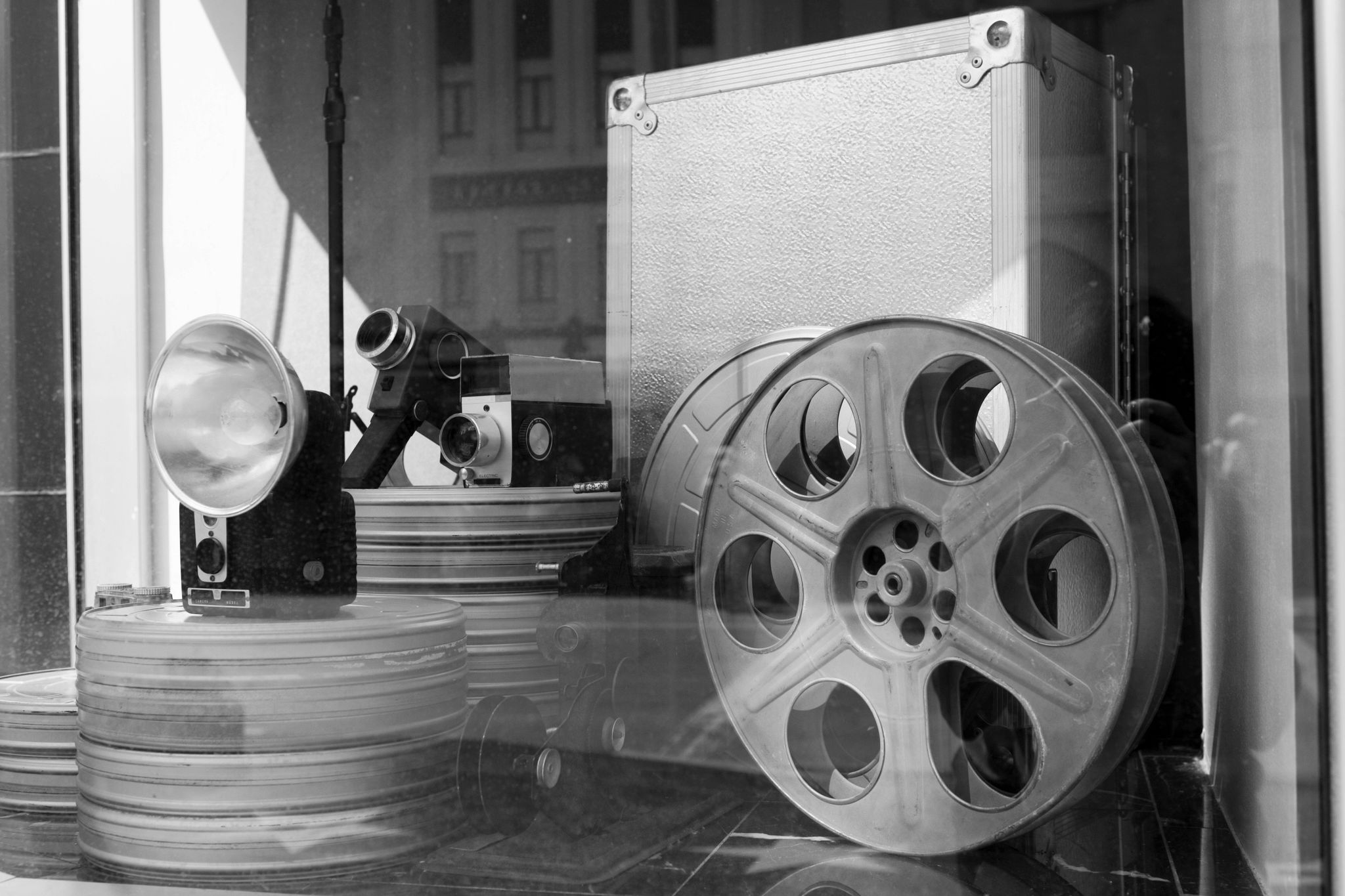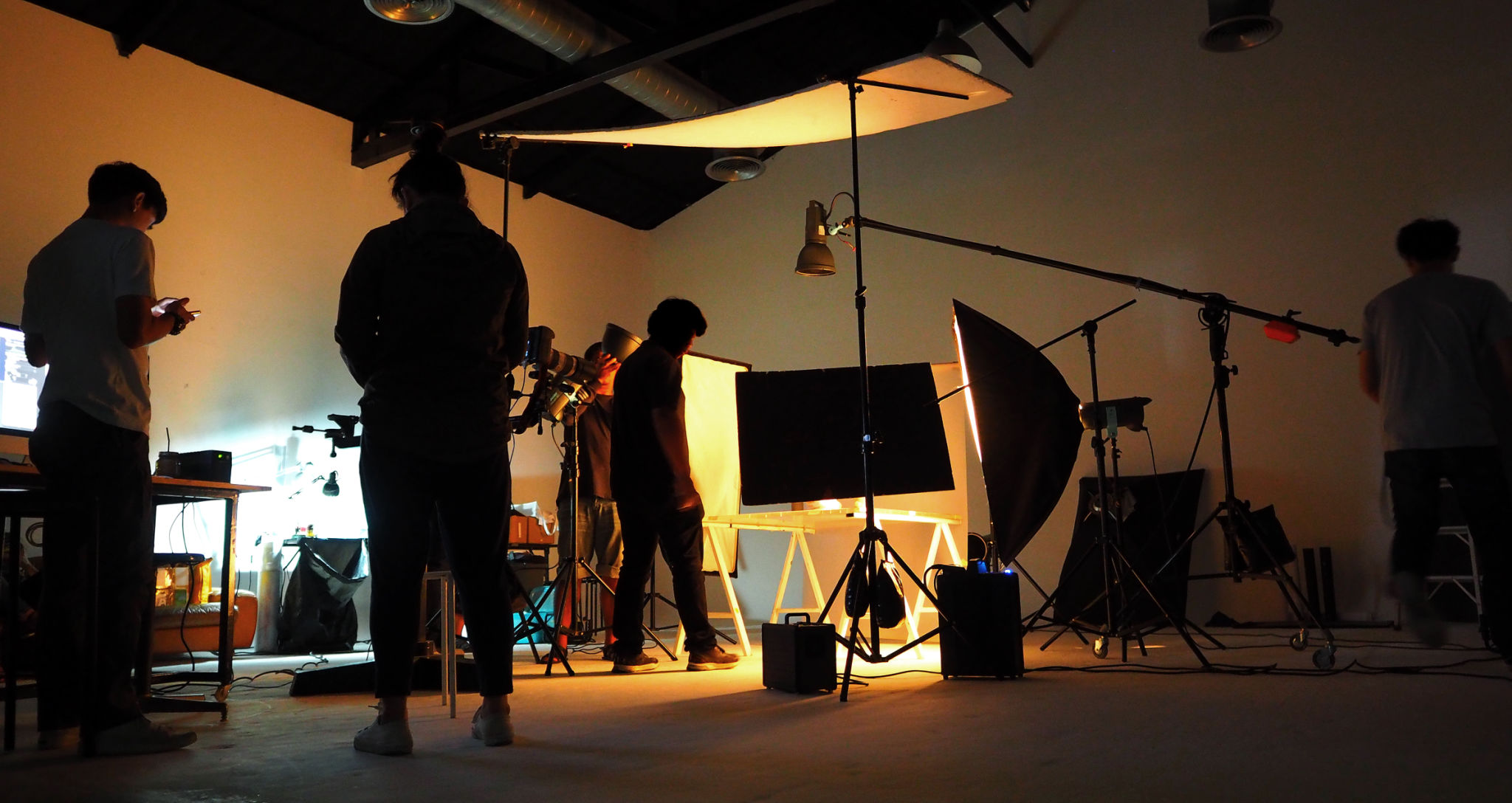The Evolution of Visual Storytelling in Southern California
JN
The Roots of Visual Storytelling
Southern California's rich tapestry of visual storytelling dates back to the early 20th century, with the rise of Hollywood as the epicenter of the film industry. This region was not just a backdrop for movies but became a breeding ground for new techniques and styles in visual storytelling. The sunny climate and diverse landscapes offered filmmakers a natural canvas that was both versatile and inspiring.
Silent films kicked off this visual revolution, relying heavily on expressive imagery and physical acting to convey stories without dialogue. Directors like Charlie Chaplin and D.W. Griffith pioneered techniques that would lay the groundwork for future cinematic innovations.

Golden Age and Technicolor Breakthroughs
The 1930s and 1940s marked the Golden Age of Hollywood, a period characterized by the emergence of sound in films and the advent of Technicolor. These advancements allowed directors to create more immersive experiences, combining vibrant colors with compelling narratives. Southern California was at the heart of this transformation, with studios like Warner Bros. and MGM leading the charge.
This era saw the rise of iconic filmmakers such as Alfred Hitchcock and Orson Welles, whose works demonstrated the power of visual storytelling combined with sound and color. Their innovations set new standards for narrative depth and visual artistry.

The Television Boom
The post-war era brought about a new medium that would transform storytelling: television. Southern California quickly became a hub for TV production, with networks establishing studios to meet the growing demand for televised content. Shows like "I Love Lucy" and "The Twilight Zone" showcased the potential of TV as a platform for visual storytelling.
Television allowed for more intimate and serialized narratives, engaging audiences in ways that were previously unimaginable. The format also provided opportunities for experimentation with different genres and storytelling techniques.

The Digital Revolution
The late 20th century ushered in the digital age, bringing with it a host of new tools for visual storytellers. From CGI to digital cameras, technology transformed the way stories were told and experienced. Southern California continued to be at the forefront, with its blend of creative talent and technological innovation.
Film studios embraced these changes, producing groundbreaking movies that pushed the boundaries of what was possible on screen. The rise of computer-generated imagery (CGI) allowed for more fantastical worlds and complex storytelling.

Indie Films and New Voices
While major studios dominated much of Southern California's storytelling landscape, the rise of independent films offered fresh perspectives and diverse voices. The indie film movement gained momentum in the 1990s, with filmmakers like Quentin Tarantino and Sofia Coppola making their mark with unique storytelling styles.
These filmmakers often focused on character-driven narratives and explored themes that resonated with audiences on a personal level. Their work expanded the scope of visual storytelling, proving that compelling stories could be told outside the traditional studio system.

The Streaming Era
Today, streaming platforms have revolutionized how visual stories reach audiences. Companies like Netflix, Amazon, and Hulu have set up production hubs in Southern California, further cementing its status as a global storytelling center. These platforms offer unprecedented access to diverse content, allowing storytellers to reach global audiences without traditional distribution constraints.
The streaming model has also encouraged creative freedom, enabling storytellers to experiment with new formats and genres. This democratization of content creation has led to a renaissance in visual storytelling, with Southern California continuing to play a significant role in shaping the industry's future.

